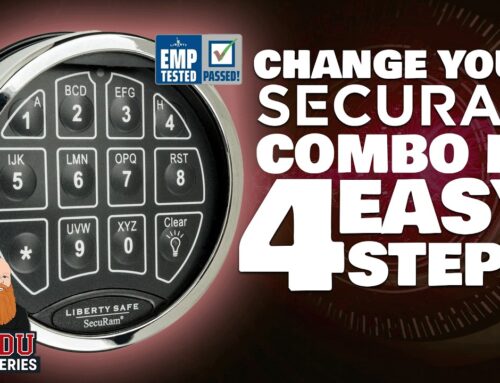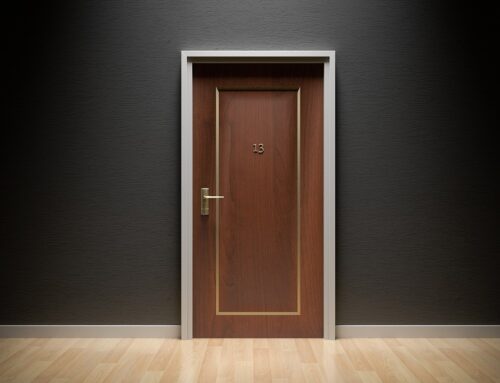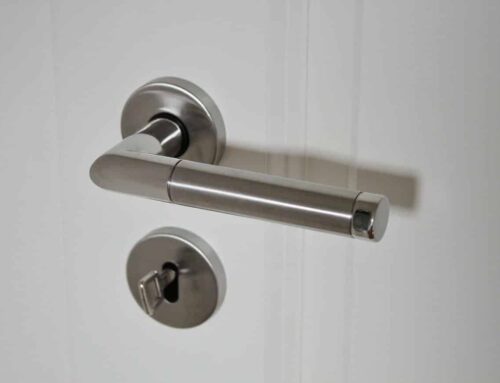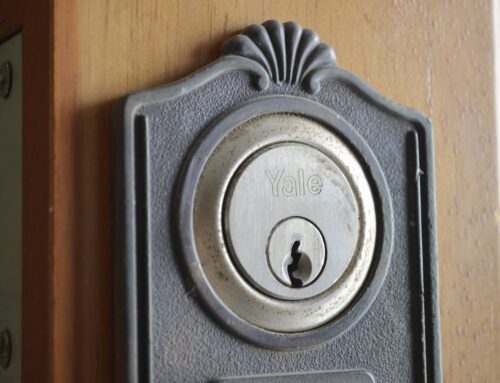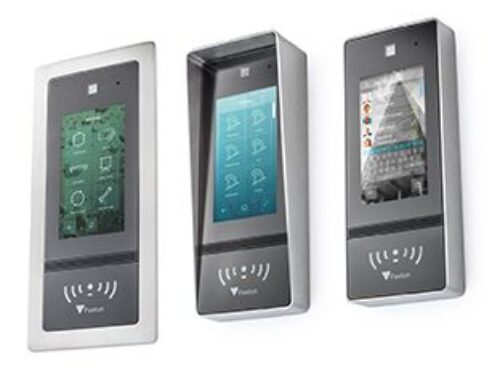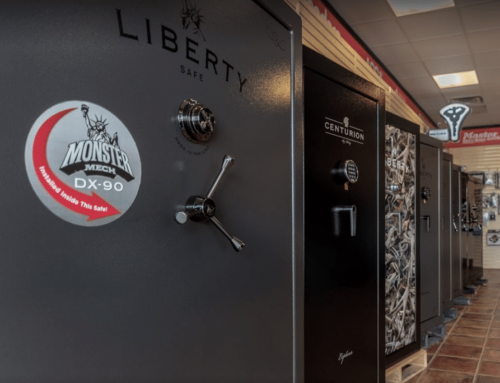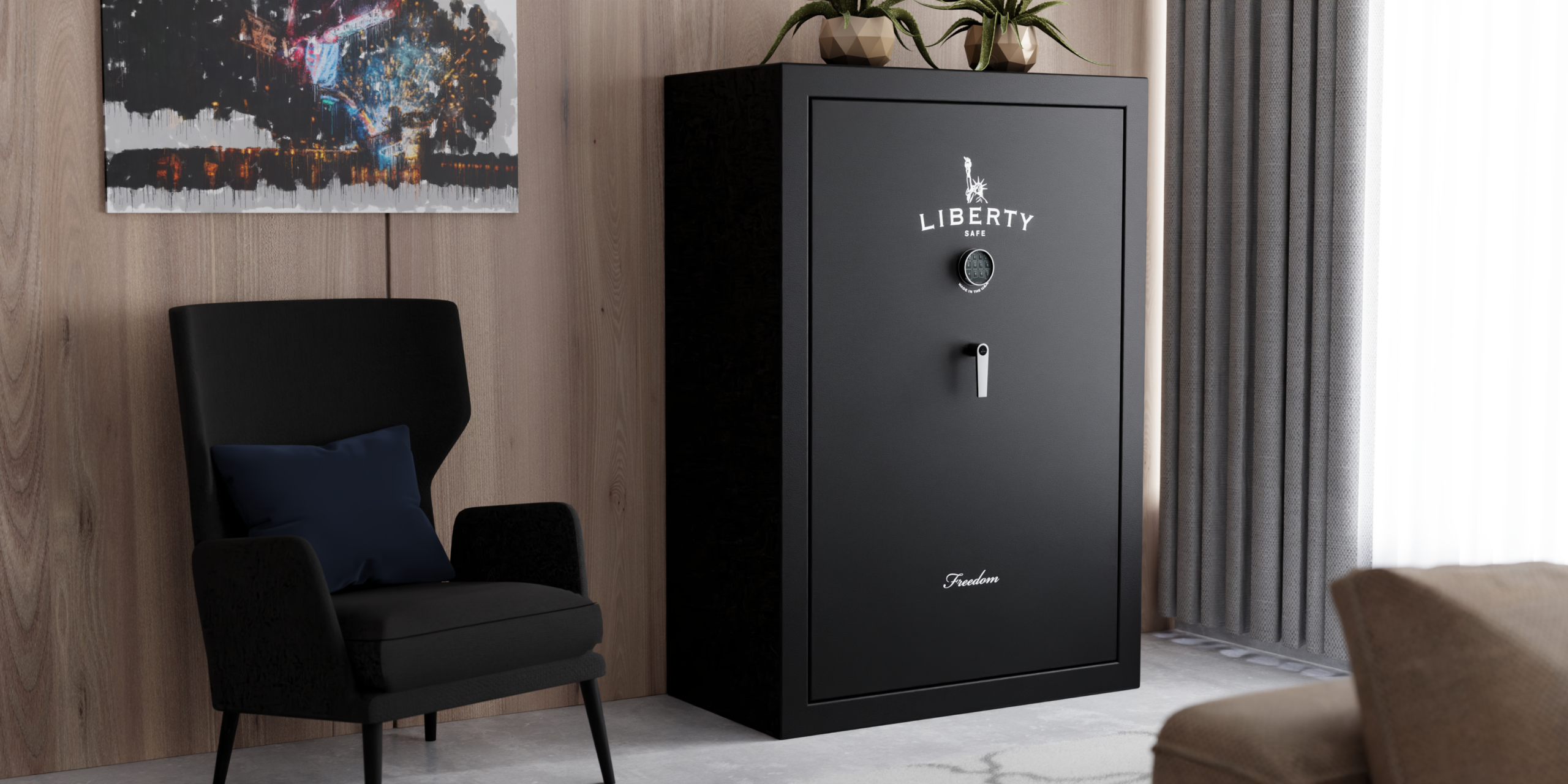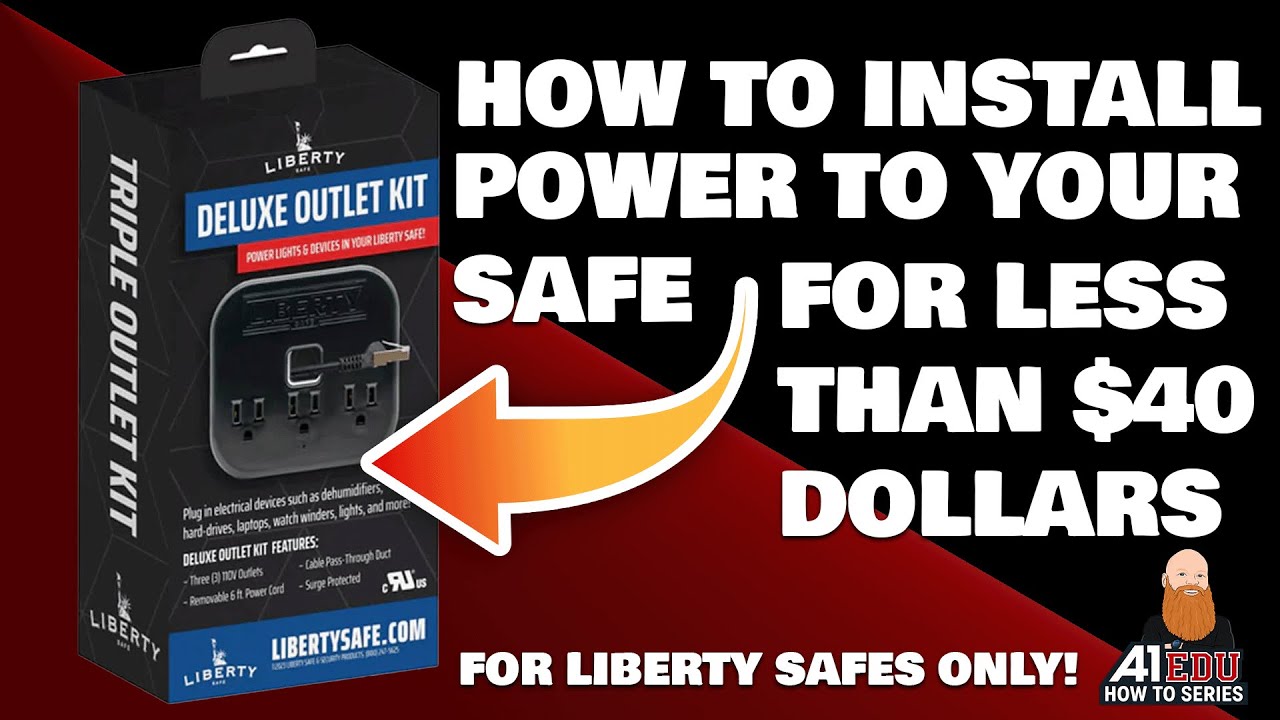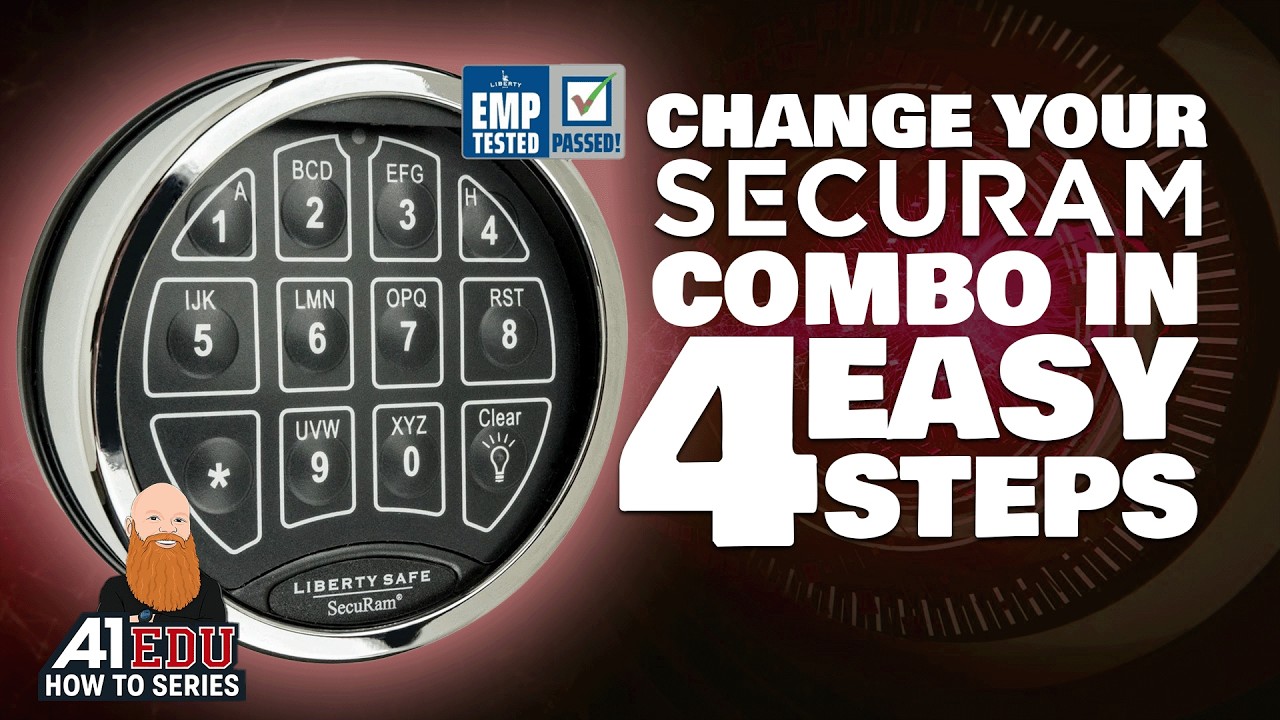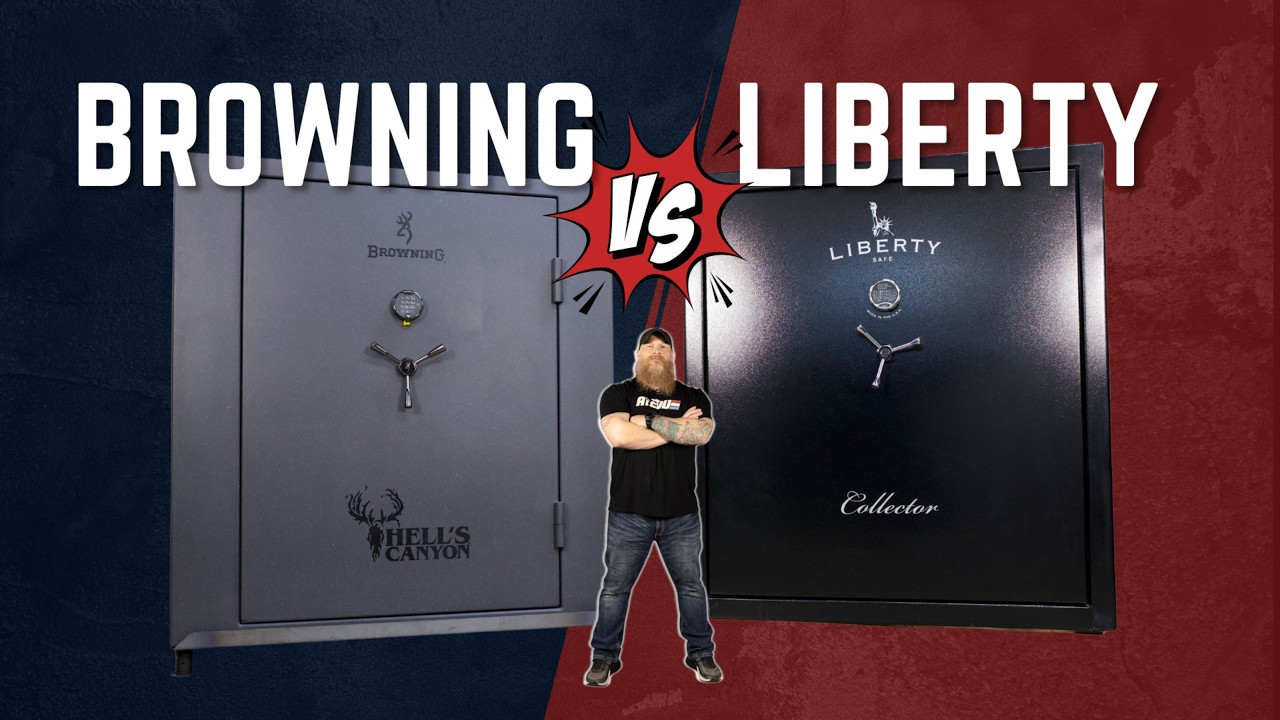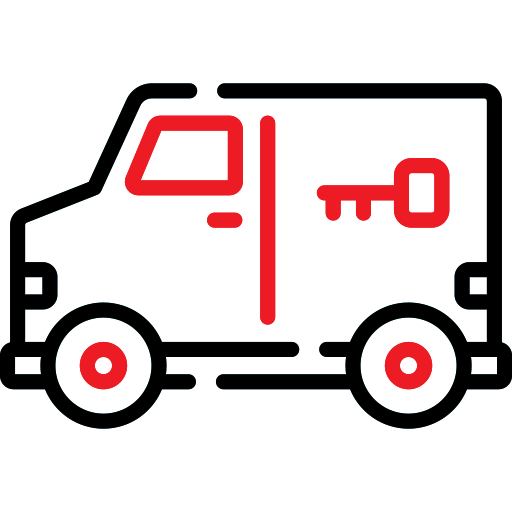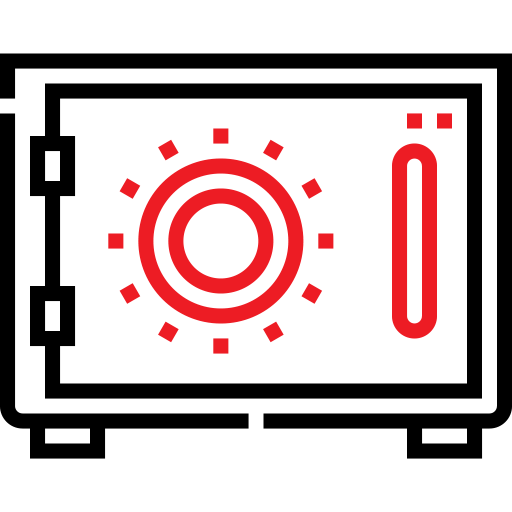Keys, locks, and deadbolts; oh my! If you’ve been researching security options for your home, business or storage space, you’ve probably noticed there are just a few options to choose from in the lock department. From tried-and-true familiar classics to modern, fancy-dangled systems with more bells, and whistles than you can shake a stick at, the wealth of choices can be a bit…confounding.
Want to know which is the best lock for your home? Need the perfect latch for that storage space? Maybe you want extra security for that room that houses your prized ant-hill collection. Well never fear! We at A-1 Locksmith are here to break down some of the most common lock types along with their general uses, pros, and cons, to arm you with some serious safety know-how for your next locksmith service call or lock purchase.
Deadbolts – A Tried, and True Classic
If you’ve ever been locked out of your house as a kid, you know the frustration of finding out mom latched the deadbolt on her way out. Deadbolts are standard issue when it comes to home security in most US houses. Deadbolts operate by inserting a key into the lock causing the internal mechanism to turn and shift a bolt from the interior of the door to the exterior, latching into the corresponding bolt hole of the door frame. Inexpensive, and commonly used, deadbolts require correct installation to be effective in cases such as forced entry. Properly installed strike plates are an essential element as well as quality locks themselves as cheaper models are susceptible to even the most novice of lock picks.
Multi-Point Door Locks – The Modern Upgrade
Multi-point door locks are an up-and-coming advancement to the typical deadbolt style lock. Instead of one central lock structure, multi-point locks are built into the entire vertical height of your door. This allows for several latching areas along the frame, all controlled by a single keyhole, adding an extra layer of security. Multi-point door locks are typically seen in newer doors, and frames, and are limited to composite construction since installation inside a wooden door would weaken the structure.
Keyless Entry – Trendy, and Hi-Tech
Keyless entry isn’t as much of a locking mechanism as it is a system for use with an existing lock device. Keyless entry locks allow you to enter a code, or in some cases use biometrics such as a fingerprint or key fob, to cause the internal locking mechanism to turn, unlocking your door. Handy, and convenient, keyless entry can also be set up with separate codes for various users, great for monitoring employee access or keeping track of when your teenagers come home past their curfew. Keyless entries are only as safe as their codes, however, and sharing of that information from the less security savvy in your group can undermine the security of your entire office, building or residence. Low-quality keyless entry systems also have equally as techy overrides by unscrupulous, would-be thieves.
Padlocks – Portable, and Durable Security
For more portable lock needs, padlocks are an excellent way to secure property on the go. From bikes to lockers to storage sheds, padlocks use either a code or key to securely latch the lock arm into the internal mechanism, allowing users to connect to a chain or lock between two pieces of a door mechanism to prevent opening. Padlocks vary in security, and users should ensure their system is lock-pick safe, and of high-quality metal, and materials. While you can buy padlocks at low prices in most home improvement stores, for anything in need of serious security, you should consult with an experienced locksmith about more advanced mechanisms.
Cam Locks – Security with Simplicity
The last of our common types of locks is one which you’ve probably never heard of but have seen and used daily. Cam locks are typically found on drawers, dressers, file cabinets, and more. They work by allowing movement or preventing a metal piece on the rear of the lock (the cam) from turning. Cam locks are typically partnered with a strike plate that the cam fits into when turned into the locked position, keeping the drawer or door from opening. Cam locks are generally low security, and easily forced open. When properly installed they provide an adequate level of theft deterrence, but not much in the way for a serious would-be thief.
Which Lock is Right for You?
While we’ve given you a brief overview of the most common lock systems, there are many sub categories to choose from in addition to numerous other types of less common locking systems that may fit your security needs. For the best fit for your business, home or property security system, call A-1 for a free consultation. The experienced locksmith professionals can help assess your current locking system and will be able to help you chose the best lock for your job.
